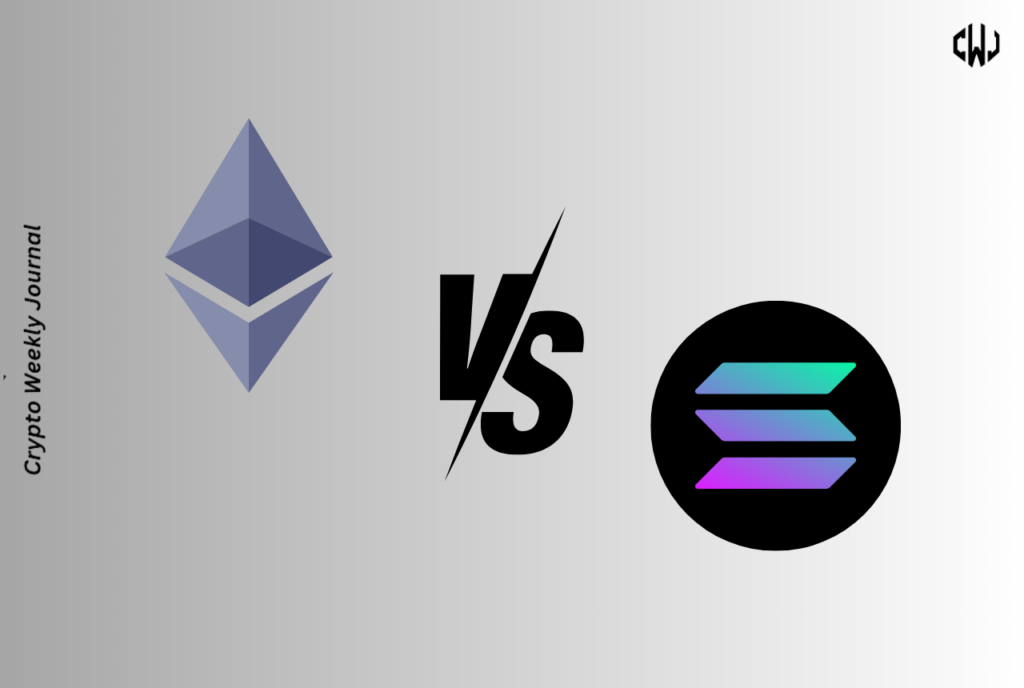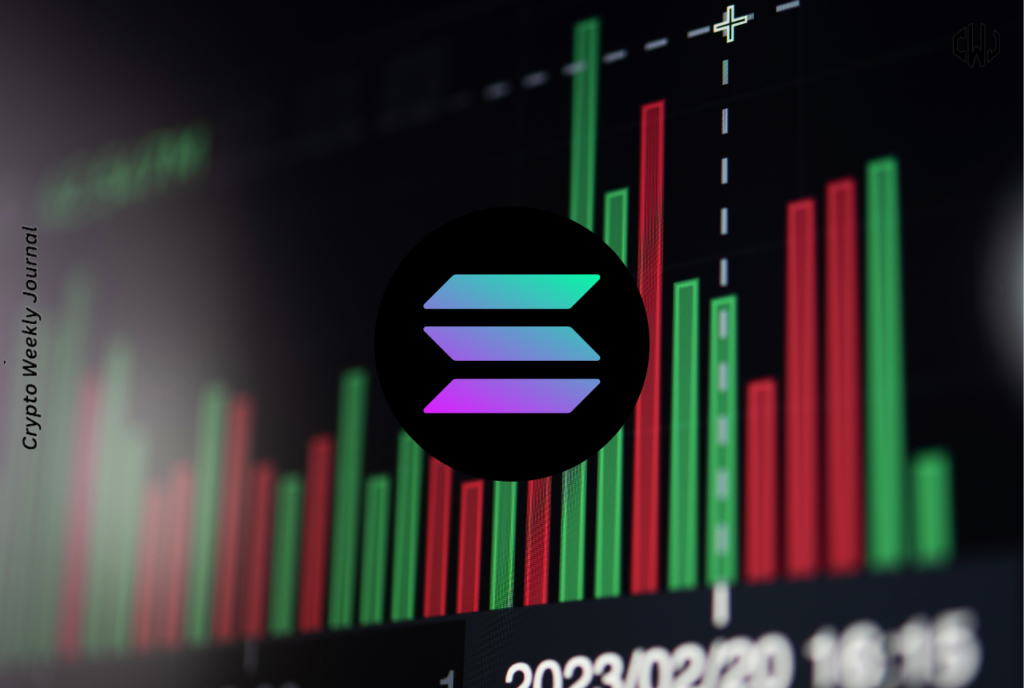- Sreeram Kannan’s debate highlights the ongoing tension between security and scalability in blockchain technology.
- The debate focuses on the contrasting security mechanisms of Ethereum and Solana: multisig trust and social forking.
- Kannan points out that Ethereum’s broader scope and Solana’s more focused approach present different security challenges.
Sreeram Kannan, founder of EigenLayer, has sparked a fiery debate on the relative security and scalability of Ethereum and Solana, two major blockchain platforms. The focal point of the debate revolves around the concept of multisig trust and social forking. The debate is a reflection of the ongoing evolution of blockchain technology and the struggle to find to balance security, scalability, and decentralization over time.
For those new, Ethereum relies on multisig (multi-signature) trust, meaning that multiple parties need to agree to make changes to the network. This provides a layer of security but also brings a unique set of challenges. On the other hand, SOL advocates argue that the blockchain’s Layer 1 (L1) is inherently more secure, due to its social forking mechanism. In such a case even if the majority of its validators are dishonest, the community can still come together to fork the chain and maintain the correct state.

Kannan countered that while social forking can be a powerful tool, it’s not a guaranteed solution. He points out that even Solana relies on multisig assumptions for certain components, such as tokens and smart contracts..These assumptions are often even weaker than those on Ethereum, as they typically require only two out of three multisig signatures for upgrades and security.
Ethereum’s Scope vs. Solana’s Focus: The Security Trade-Off
Kannan further argued that the scope of a general-purpose smart contract platform like Ethereum is significantly larger than that of individual tokens or contracts. This makes it more challenging to secure and lock down. In contrast, Solana is more focused on specific use cases, which can make it easier to implement security measures but also presents unique challenges. He cited the examples of formally verified immutable contracts on Solana, such as those developed by Squads Protocol, these are often limited in scope and may not address the broader security concerns of a general-purpose platform.
Kannan concluded that while there are certainly use cases where an appchain architecture might be more suitable, the multisig control on Ethereum’s Layer 2 does not inherently compromise its security. The key lies in understanding the different scopes and complexities involved.



